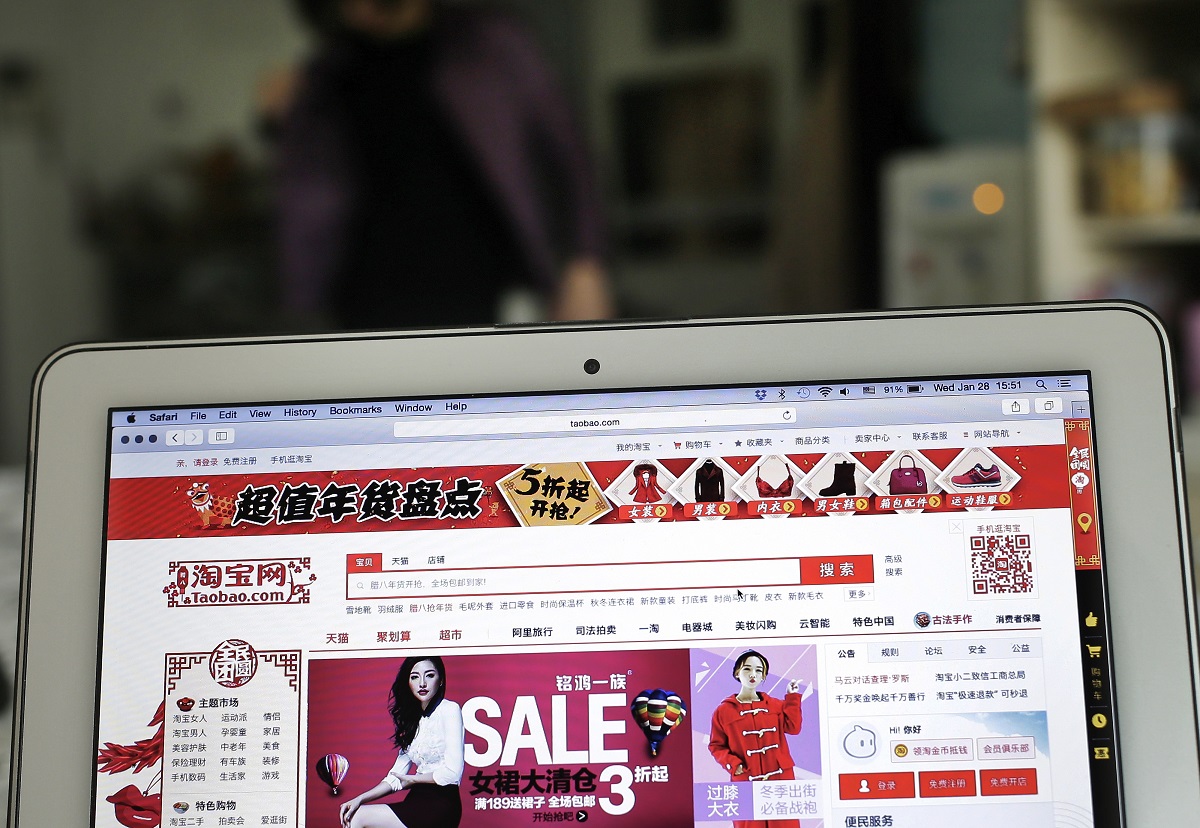
Getting a piece of Asia’s booming e-commerce pie | Source: Pexels
How to succeed at e-commerce: Exclusive tips from an industry insider
IN CHINA, the rise of Alibaba forced merchants and manufacturers to adapt their business model to suit the digital marketplace – which created the world’s largest online consumer market.
However, the growth of e-commerce isn’t limited to just the People’s Republic, but extends all across the Asia Pacific region.
In fact, since 2012, overall sales volumes have grown by triple-digit percentages for six years in a row – which makes the market incredibly competitive but also provides several opportunities at the same time.
In an exclusive interview with Tech Wire Asia, digital payment services company Payoneer CEO Scott Galit talks about what caused the phenomenal growth in e-commerce in the APAC region, why businesses must sell on multiple marketplaces, and how new sellers could win big:
Following China’s lead, we’ve seen an explosion in marketplaces, digital platforms, and international sellers across Asia.
Marketplaces like Lazada, Rakuten, Flipkart and Shopee provide a simple way for Asian merchants to sell online and expand their operations across the world.
As a result, we’ve seen booming sales out of markets like Vietnam, Japan and South Korea. In the coming years, we expect this trend to continue.
Galit, who monitors’ payments across platforms Payoneer supports, believes that it’s a good idea to sell on several marketplaces, instead of trying to focus on a single one – and here’s why:
- Sellers who are on multiple marketplaces are able to reach a global consumer base, so their potential pool of customers is significantly larger.
- Sellers can take advantage of seasonality, capitalizing on multiple holiday booms throughout the year. They can see a huge boost of sales during Black Friday in the US, and then another peak during Singles Day in China. If they sell products that are season-dependent, they can take advantage of winter in the Northern Hemisphere, and then tap into the winter market of the Southern Hemisphere, without having a slow period.
As a result, we’ve seen the number of sellers that are selling on multiple platforms continue to grow, with the number of sellers on two or more platforms growing by more than double each year for the last several years.

Alibaba’s main e-commerce site Taobao is well known for its cheap products | Pic: AP
In fact, according to data from Payoneer, The number of sellers who are selling on more than one marketplace has seen triple-digit growth in 2017. The fastest-growing tier (in regards to the number of sellers) are those who are selling on more than 3 marketplaces and have annual volumes in excess of US$50,000.
Finally, here are three tips from Galit to help those who’re just starting out now in the world of e-commerce and want to make the most of their time and investment (and also win a share of the booming Asian e-commerce pie):
Leverage marketplaces
Online marketplaces offer the easiest and fastest path to global growth. Startup costs are low, with minimal need to invest in branding, website design, or marketing.
These platforms offer more direct access to a huge base of new customers while keeping acquisition costs low.
Outsource logistics and fulfillment
With global growth comes the need to deliver product to customers all over the world. Luckily, there are lots of vendors that merchants can work with to simplify this process.
Sellers should look for vendors that have close proximity to marketplaces to ensure fast warehouse delivery, and make sure they can scale to keep up with business growth.
Don’t forget payment needs
This tends to receive the least attention but presents the most challenges with international expansion.
Sellers should look for payment service providers who can offer real-time connections to many marketplaces around the world, the ability to support many currencies, the ability to pay suppliers, settlement in their local currency, low fees, and fast clearing of funds.
With a strong payment provider, sellers can have confidence that they will have the capital they need to keep up with demand and further invest in their business.
READ MORE
- The criticality of endpoint management in cybersecurity and operations
- Ethical AI: The renewed importance of safeguarding data and customer privacy in Generative AI applications
- How Japan balances AI-driven opportunities with cybersecurity needs
- Deploying SASE: Benchmarking your approach
- Insurance everywhere all at once: the digital transformation of the APAC insurance industry




